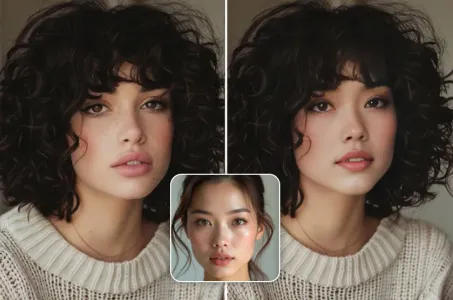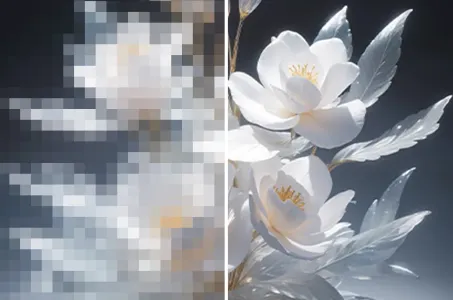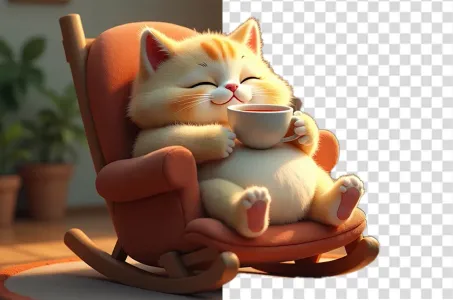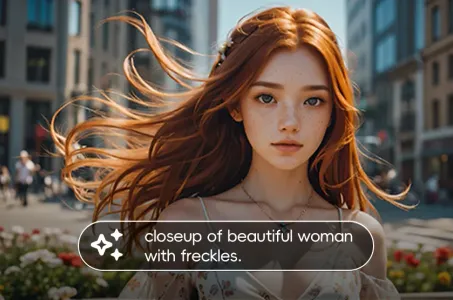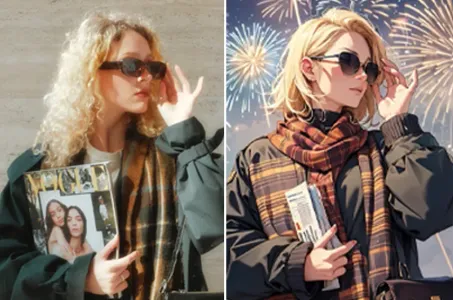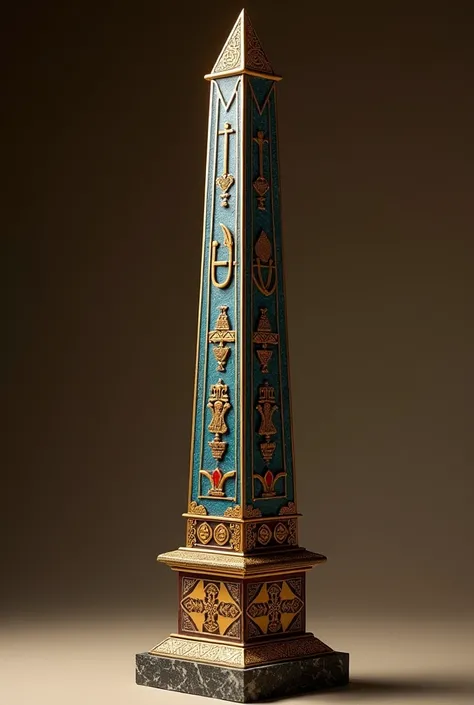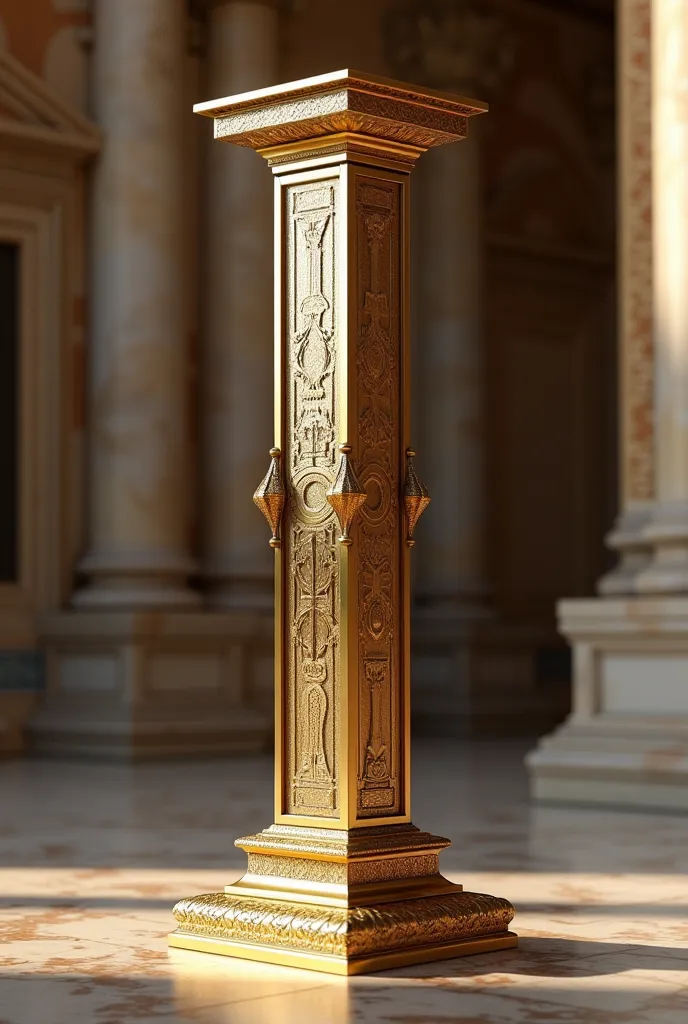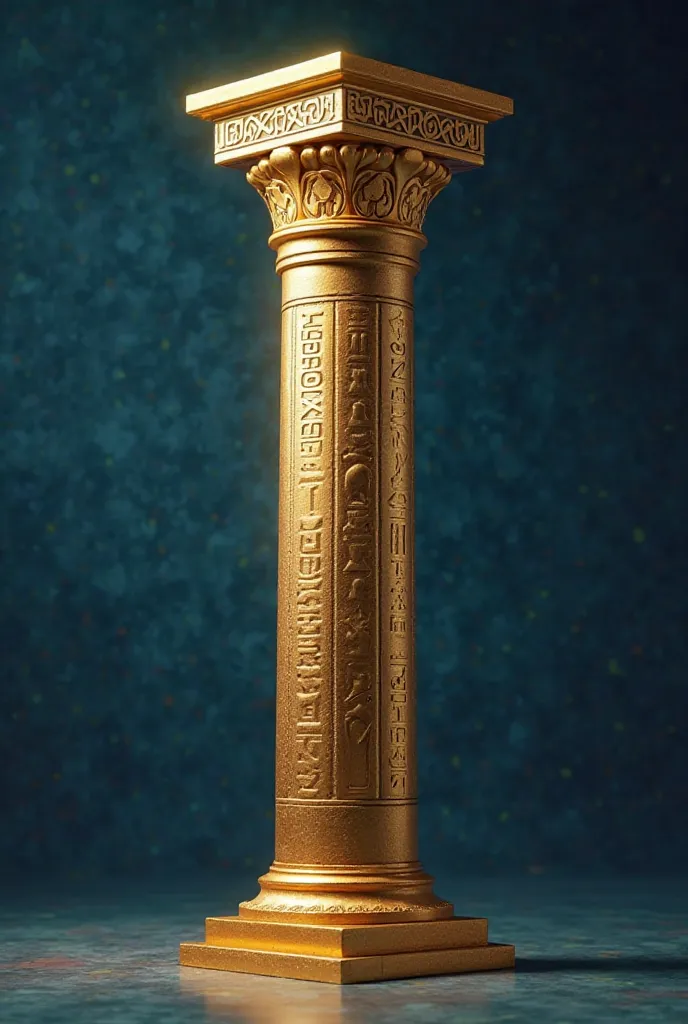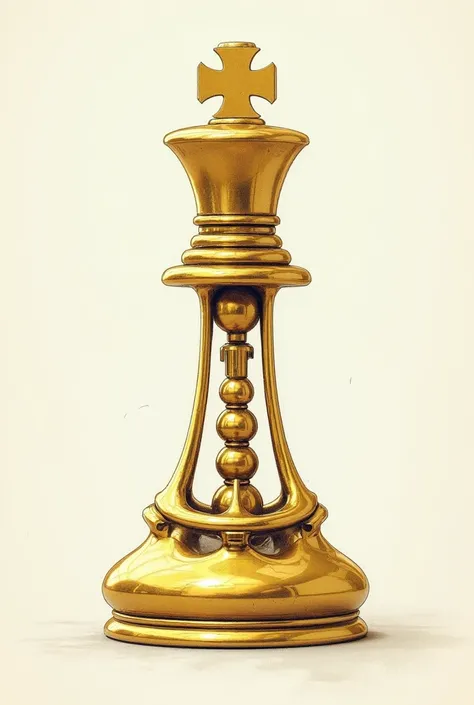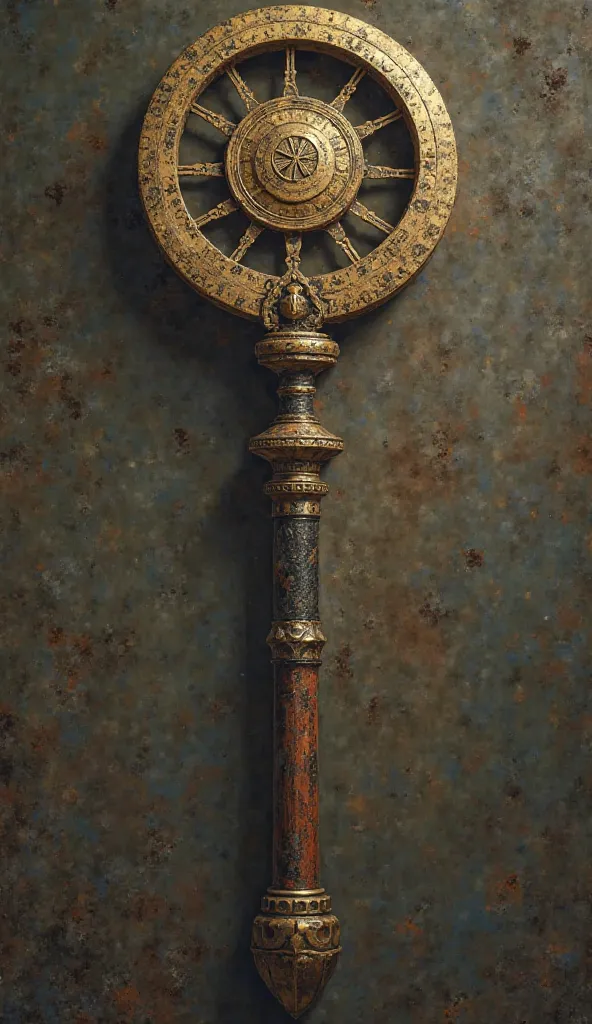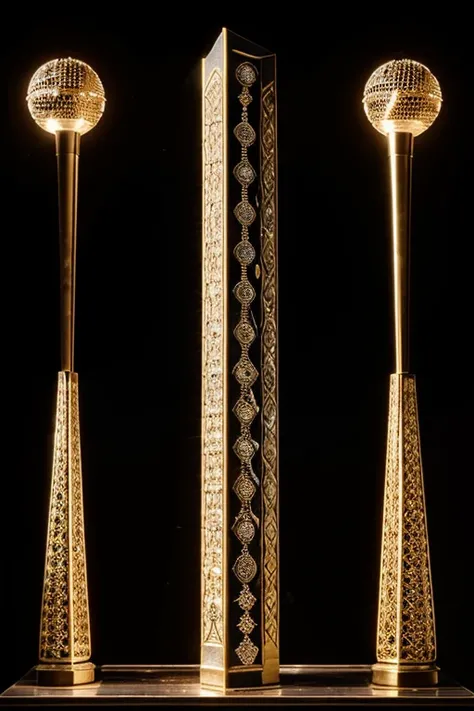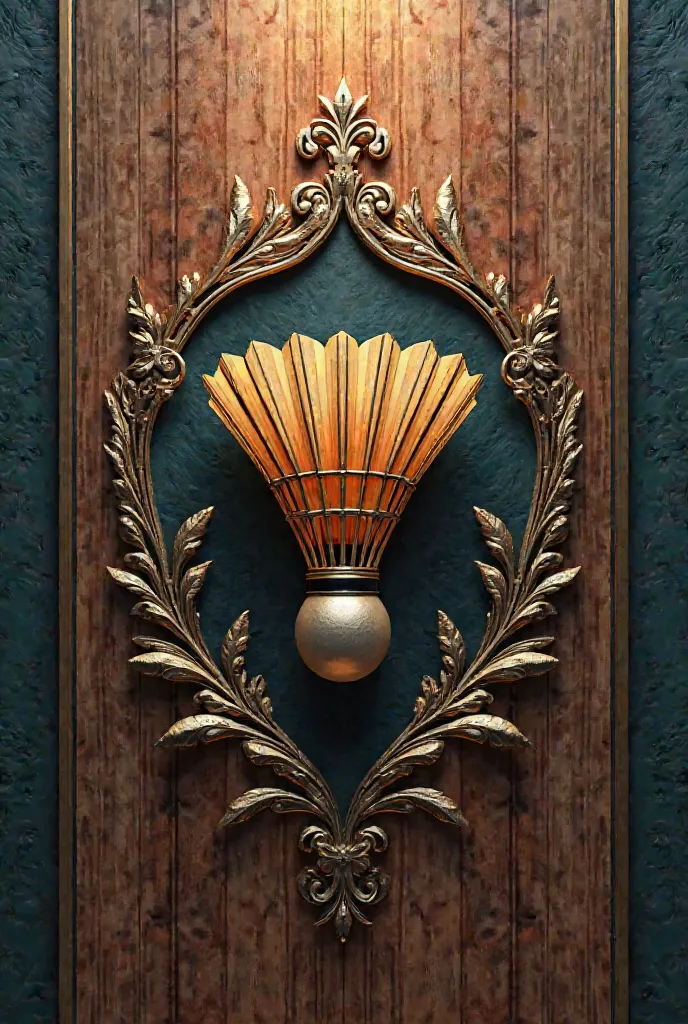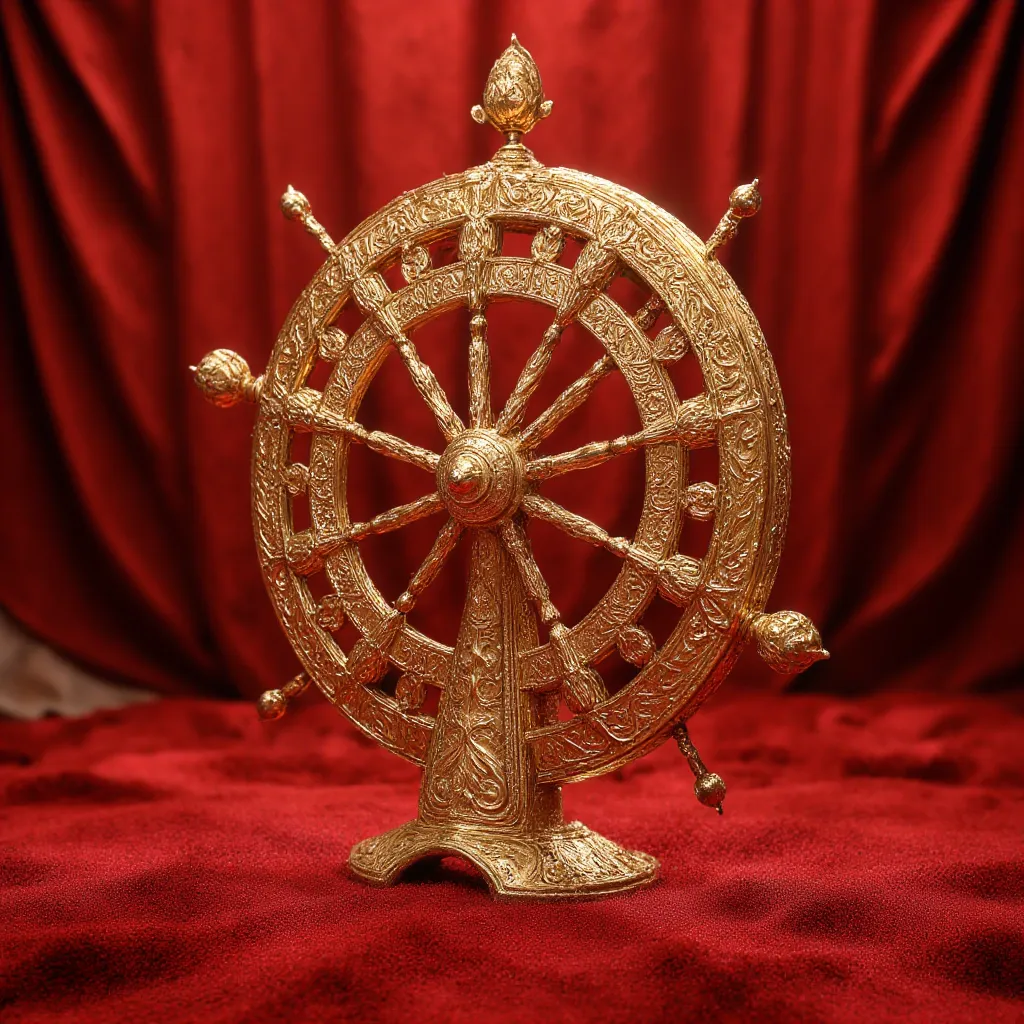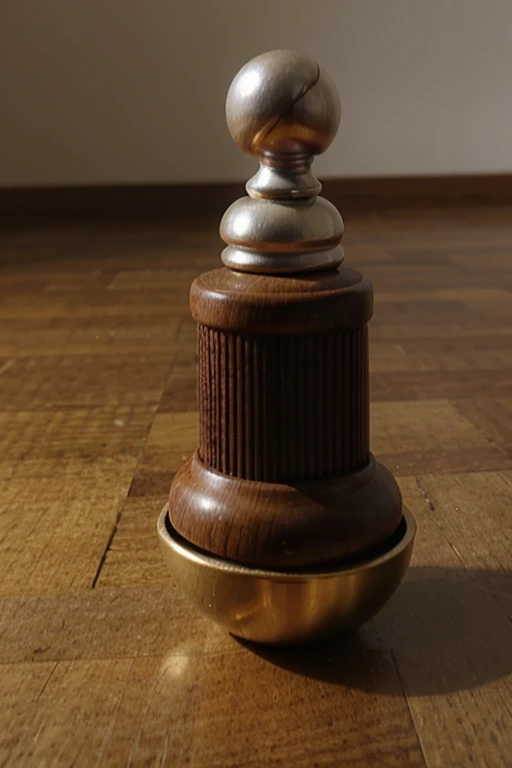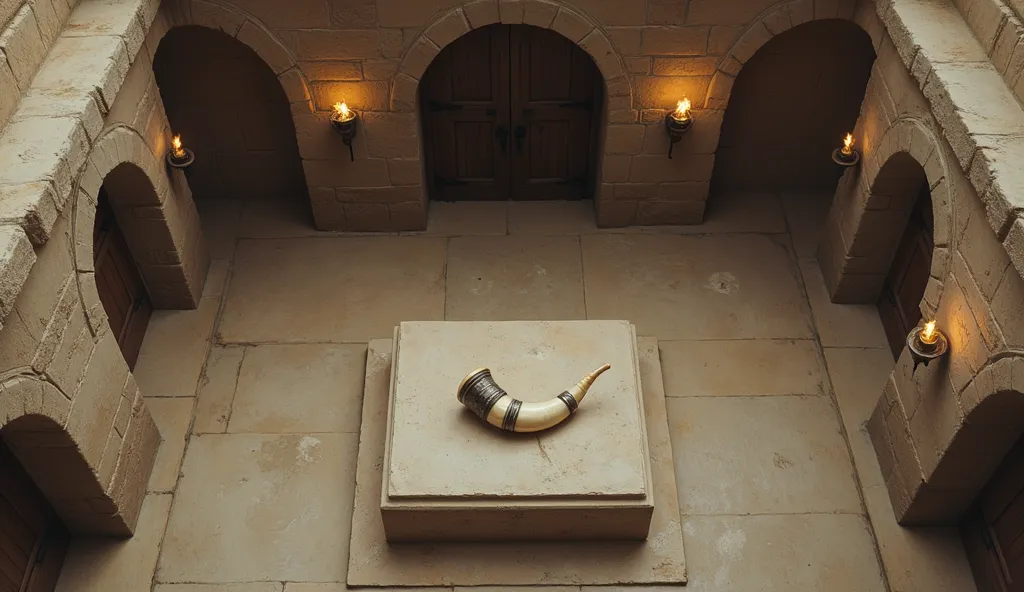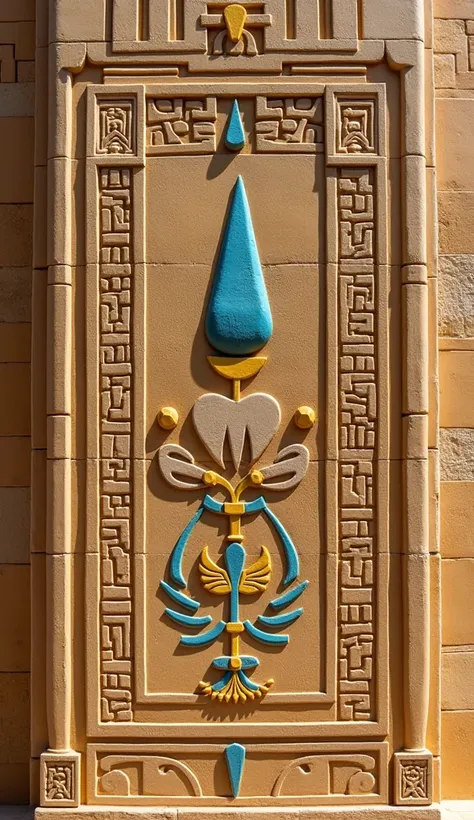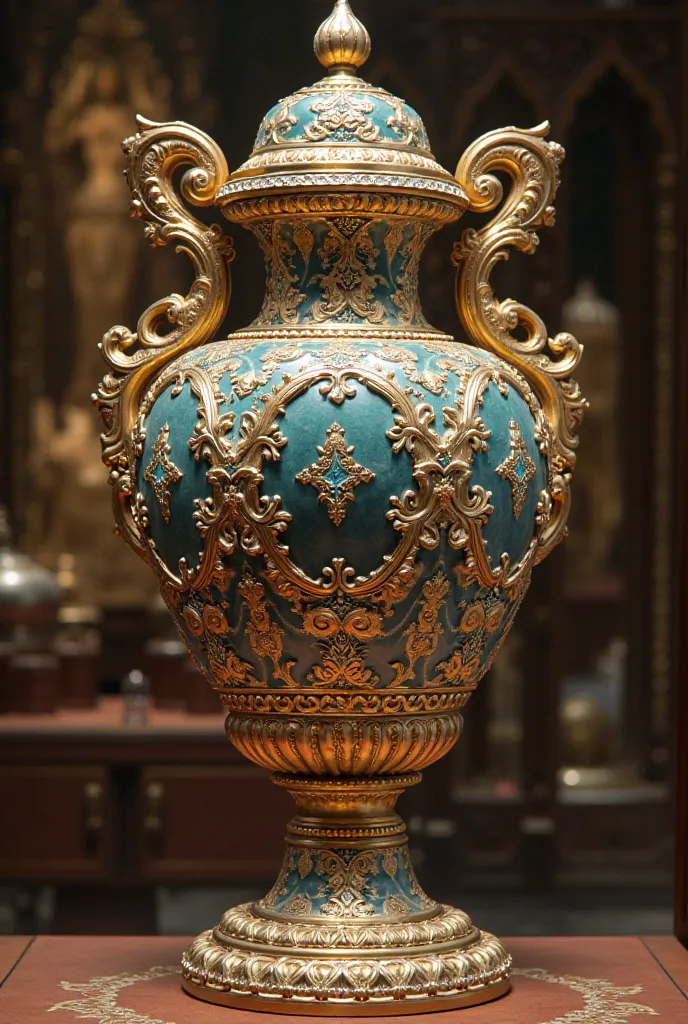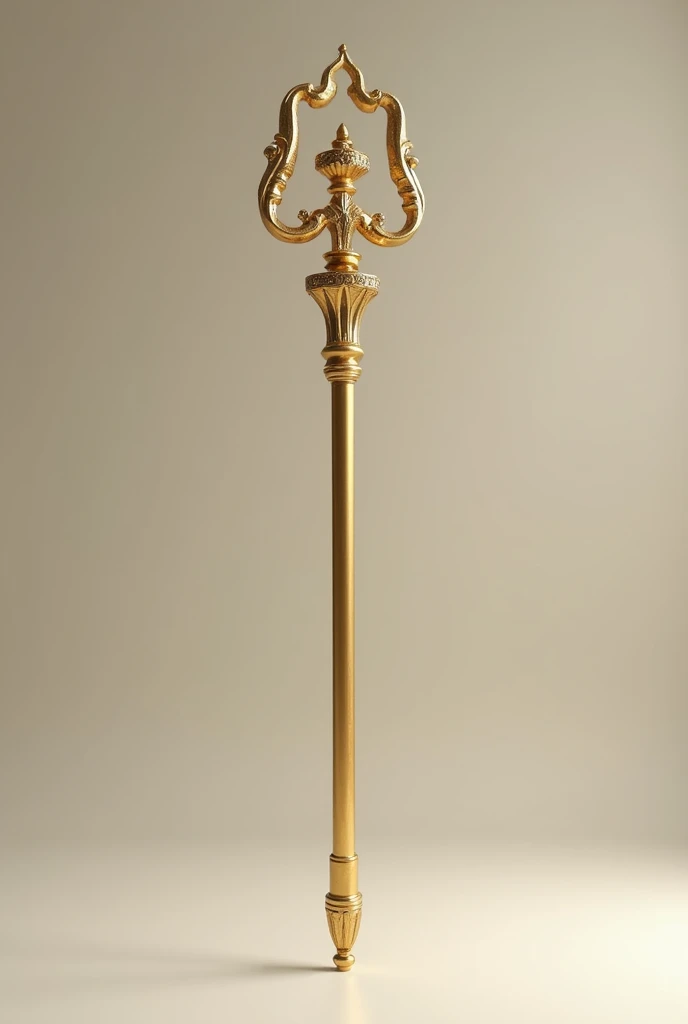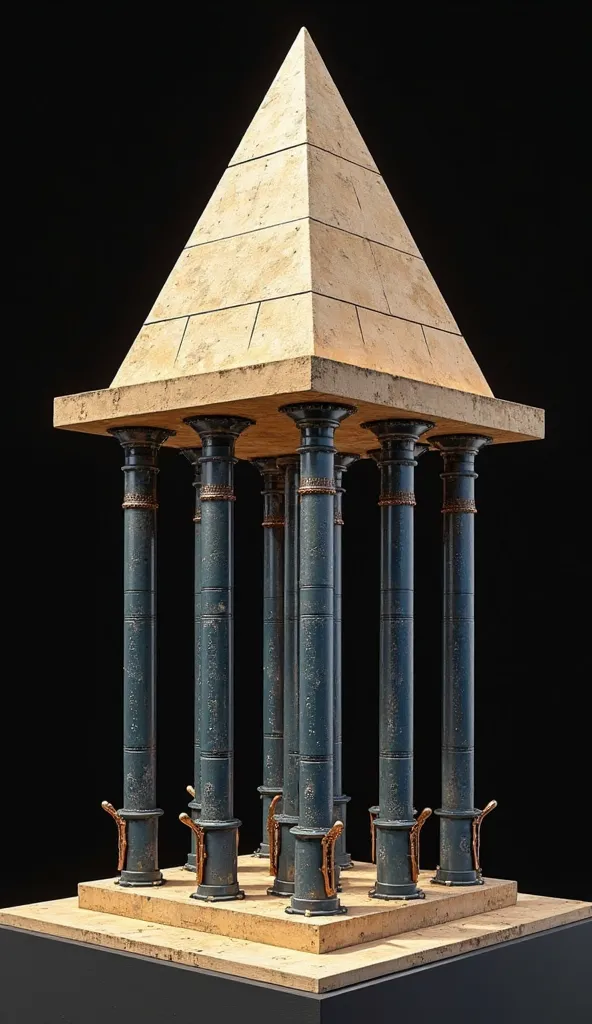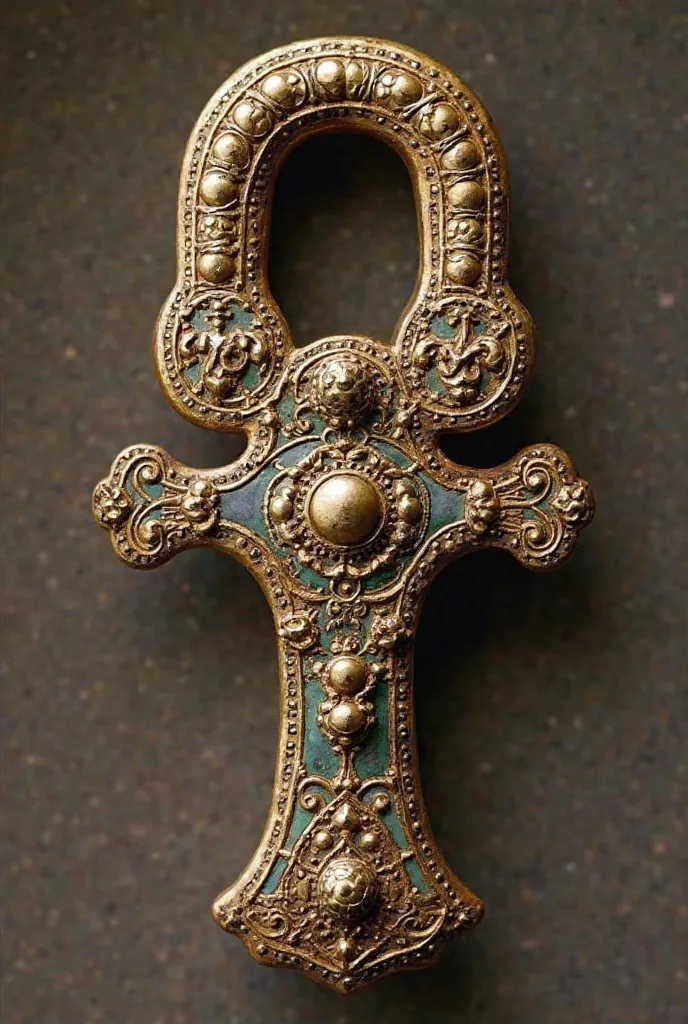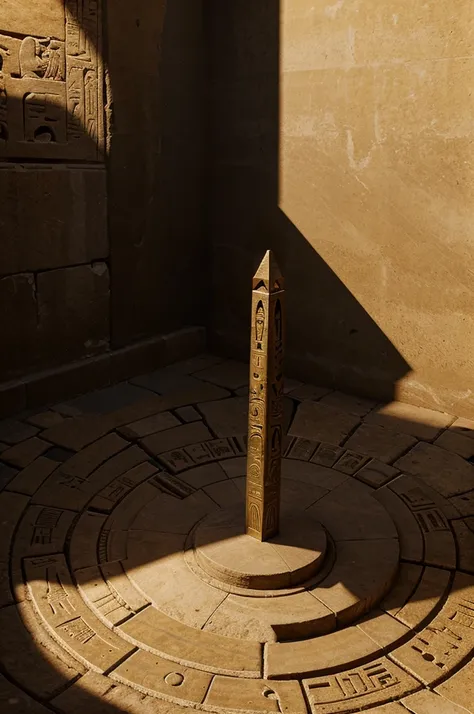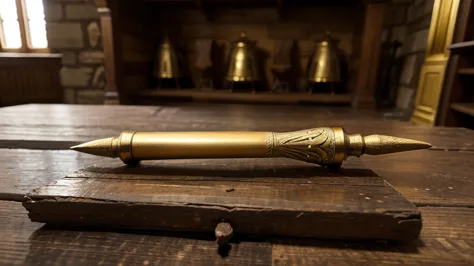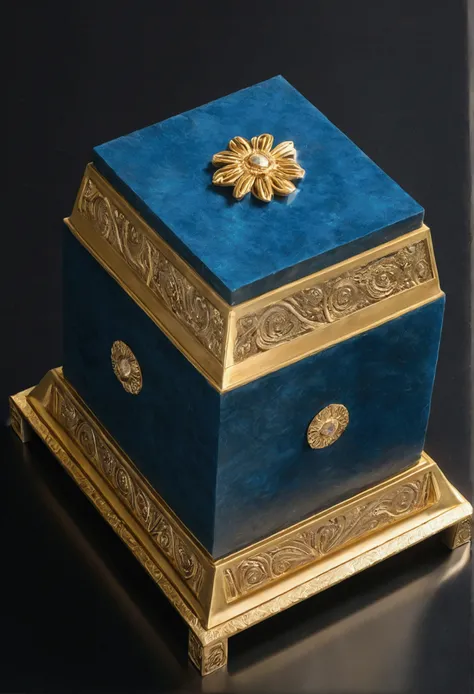Creating an object inspired by an ancient civilization that reflects its art and
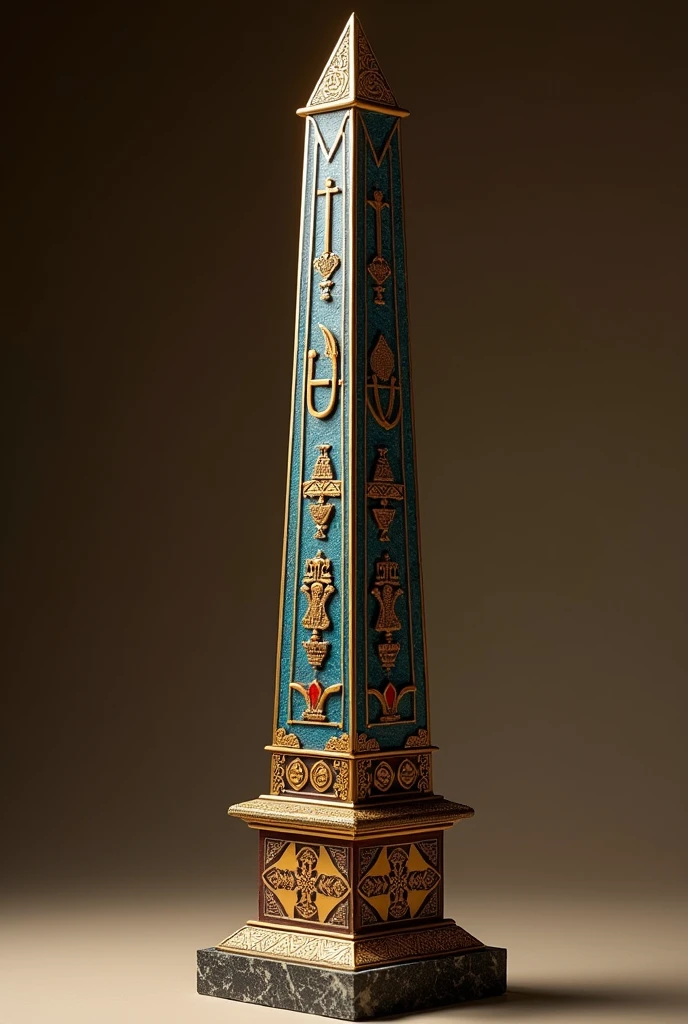

Creating an object inspired by an ancient civilization that reflects its art and culture is a fascinating challenge. Let's take inspiration from **Ancient Egypt**, a civilization renowned for its rich artistic and cultural heritage. We'll design a **decorative obelisk** that can be placed on a table. ### Concept: Egyptian-Inspired Decorative Obelisk #### 1. **Design Elements** - **Form**: The object will be a small-scale obelisk, a monumental, four-sided, narrow tapering structure that ends in a pyramid-like shape at the top. - **Material**: Use materials that resemble granite or limestone, the materials typically used by the Egyptians. For a modern take, you could use marble, wood, or even a metal finish with a stone-like texture. - **Color Palette**: The obelisk will feature the traditional colors used in Ancient Egyptian art, such as gold, black, turquoise, and red ochre. - **Symbols and Hieroglyphs**: Engrave the obelisk with Egyptian hieroglyphs and symbols like the Ankh (symbol of life), Eye of Horus (protection), and Scarab beetle (resurrection and transformation). These symbols were commonly used in Egyptian art and convey deep meanings. - **Base**: The obelisk will rest on a small, sturdy base with carvings that mimic the lotus flower, a symbol of creation and rebirth in Egyptian culture. #### 2. **Cultural Significance** - **Obelisks**: In ancient Egypt, obelisks were associated with the sun god Ra and were considered sacred. They were often placed at the entrances of temples. - **Hieroglyphs**: The use of hieroglyphs ties the object directly to Egyptian writing, which was both decorative and functional in their culture. - **Colors**: Gold symbolizes the divine and immortality; turquoise and blue were associated with the heavens, and red symbolized life and victory. #### 3. **Construction Process** - **Step 1: Base Creation**: Start with a rectangular block for the base, made of wood or stone. Carve the sides with lotus flow
Prompts
Prompts kopieren
Creating an object inspired by an ancient civilization that reflects its art and culture is a fascinating challenge
.
Let's take inspiration from **Ancient Egypt**
,
a civilization renowned for its rich artistic and cultural heritage
.
We'll design a **decorative obelisk** that can be placed on a table
.
### Concept: Egyptian-Inspired Decorative Obelisk
#### 1
.
**Design Elements**
- **Form**: The object will be a small-scale obelisk
,
a monumental
,
four-sided
,
narrow tapering structure that ends in a pyramid-like shape at the top
.
- **Material**: Use materials that resemble granite or limestone
,
the materials typically used by the Egyptians
.
For a modern take
,
you could use marble
,
wood
,
or even a metal finish with a stone-like texture
.
- **Color Palette**: The obelisk will feature the traditional colors used in Ancient Egyptian art
,
such as gold
,
black
,
turquoise
,
and red ochre
.
- **Symbols and Hieroglyphs**: Engrave the obelisk with Egyptian hieroglyphs and symbols like the Ankh (symbol of life)
,
Eye of Horus (protection)
,
and Scarab beetle (resurrection and transformation)
.
These symbols were commonly used in Egyptian art and convey deep meanings
.
- **Base**: The obelisk will rest on a small
,
sturdy base with carvings that mimic the lotus flower
,
a symbol of creation and rebirth in Egyptian culture
.
#### 2
.
**Cultural Significance**
- **Obelisks**: In ancient Egypt
,
obelisks were associated with the sun god Ra and were considered sacred
.
They were often placed at the entrances of temples
.
- **Hieroglyphs**: The use of hieroglyphs ties the object directly to Egyptian writing
,
which was both decorative and functional in their culture
.
- **Colors**: Gold symbolizes the divine and immortality
;
turquoise and blue were associated with the heavens
,
and red symbolized life and victory
.
#### 3
.
**Construction Process**
- **Step 1: Base Creation**: Start with a rectangular block for the base
,
made of wood or stone
.
Carve the sides with lotus flow
Info
Checkpoint & LoRA
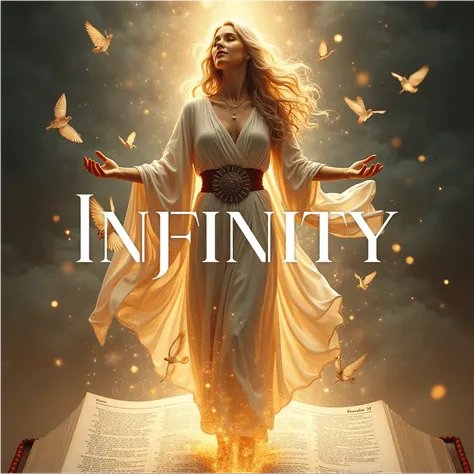
Checkpoint
SeaArt Infinity
#Produktgestaltung
#SeaArt Infinity
0 Kommentar(e)
1
0
0



